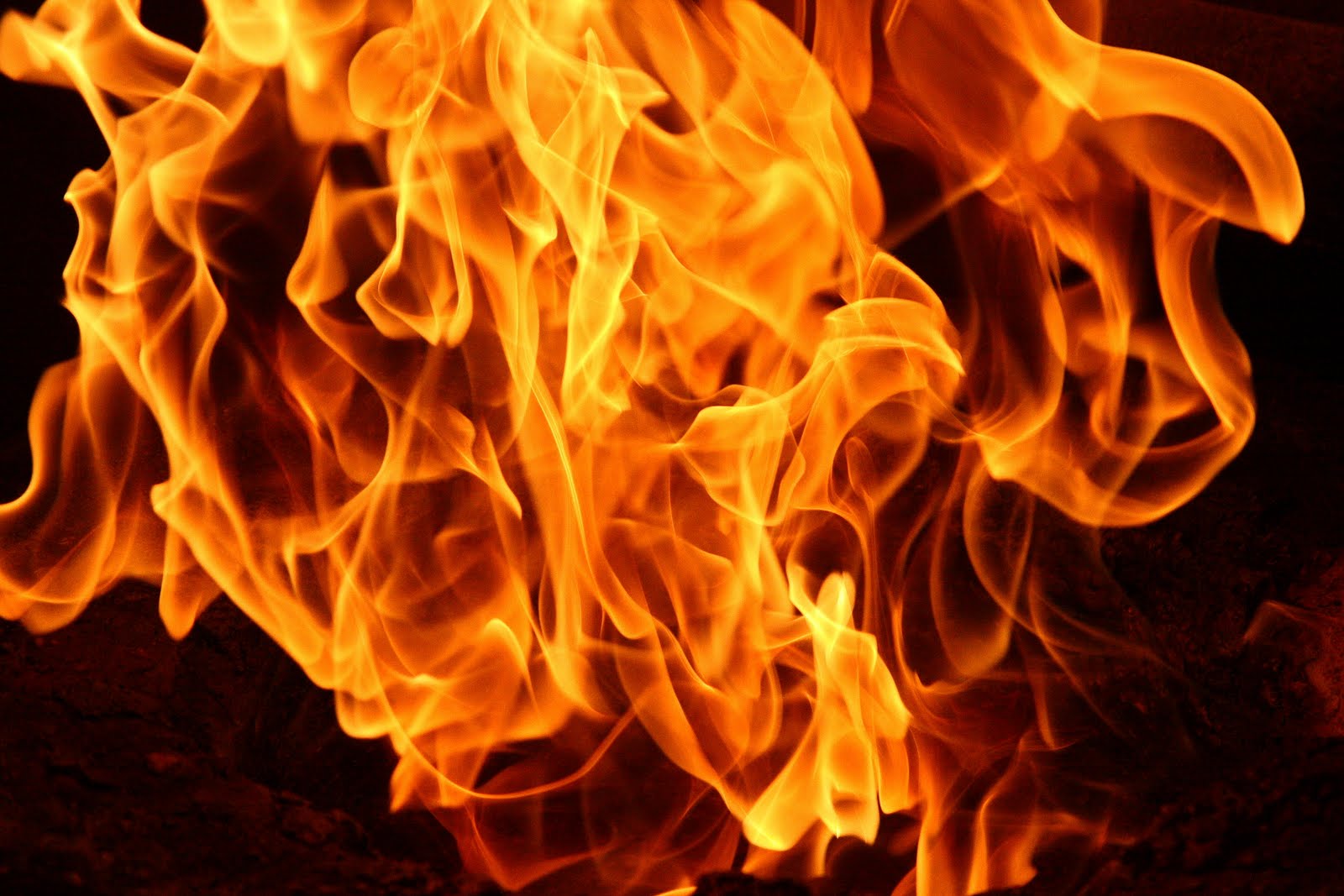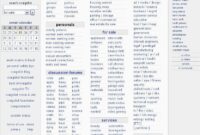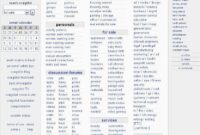Fire Brush Trucks For Sale: Your Comprehensive Guide to Acquiring Essential Wildland Firefighting Assets pickup.truckstrend.com
In the challenging world of wildland firefighting, where blazes spread rapidly through forests, grasslands, and remote terrains, specialized equipment is not just an asset—it’s a necessity. Among the most crucial vehicles in a fire department’s arsenal are Fire Brush Trucks. These rugged, agile machines are specifically designed to navigate difficult landscapes, transport water and equipment, and provide rapid suppression capabilities in environments where traditional pumpers cannot operate.
The market for Fire Brush Trucks For Sale is dynamic, offering a range of options from brand-new custom builds to well-maintained used vehicles. Whether you’re a volunteer fire department on a tight budget, a rural municipality expanding its capabilities, or a private entity requiring specialized fire protection, understanding this market is key to making an informed and impactful investment. This comprehensive guide will navigate you through everything you need to know about acquiring a Fire Brush Truck, from identifying your needs to making the final purchase.
Fire Brush Trucks For Sale: Your Comprehensive Guide to Acquiring Essential Wildland Firefighting Assets
What is a Fire Brush Truck?
A Fire Brush Truck, often referred to as a Type 6 or Type 7 Wildland Engine, a "mini-pumper," or a "quick attack" truck, is a highly specialized fire apparatus. Unlike larger structural pumpers designed for urban environments, brush trucks are built for off-road performance and rapid intervention in wildland-urban interface (WUI) areas.
Key characteristics include:
- Robust Chassis: Typically built on 4×4 commercial truck chassis (e.g., Ford F-Series, Dodge Ram, Chevrolet Silverado), offering high ground clearance and all-wheel drive for superior mobility.
- Smaller Water Tanks: Ranging from 200 to 750 gallons, designed for maneuverability and quick deployment rather than sustained flow.
- High-Pressure Pumps: Often equipped with centrifugal or positive displacement pumps capable of delivering high pressure at lower volumes, ideal for direct attack and mop-up operations.
- Hose Reels and Compartments: Features multiple hose reels (often booster reels for quick attack) and ample compartment space for hand tools, forestry hose, drip torches, and other wildland firefighting gear.
- Specialized Features: Many include foam proportioning systems for enhanced suppression, remote-controlled monitors (bumper turrets), and personnel carrying capabilities.
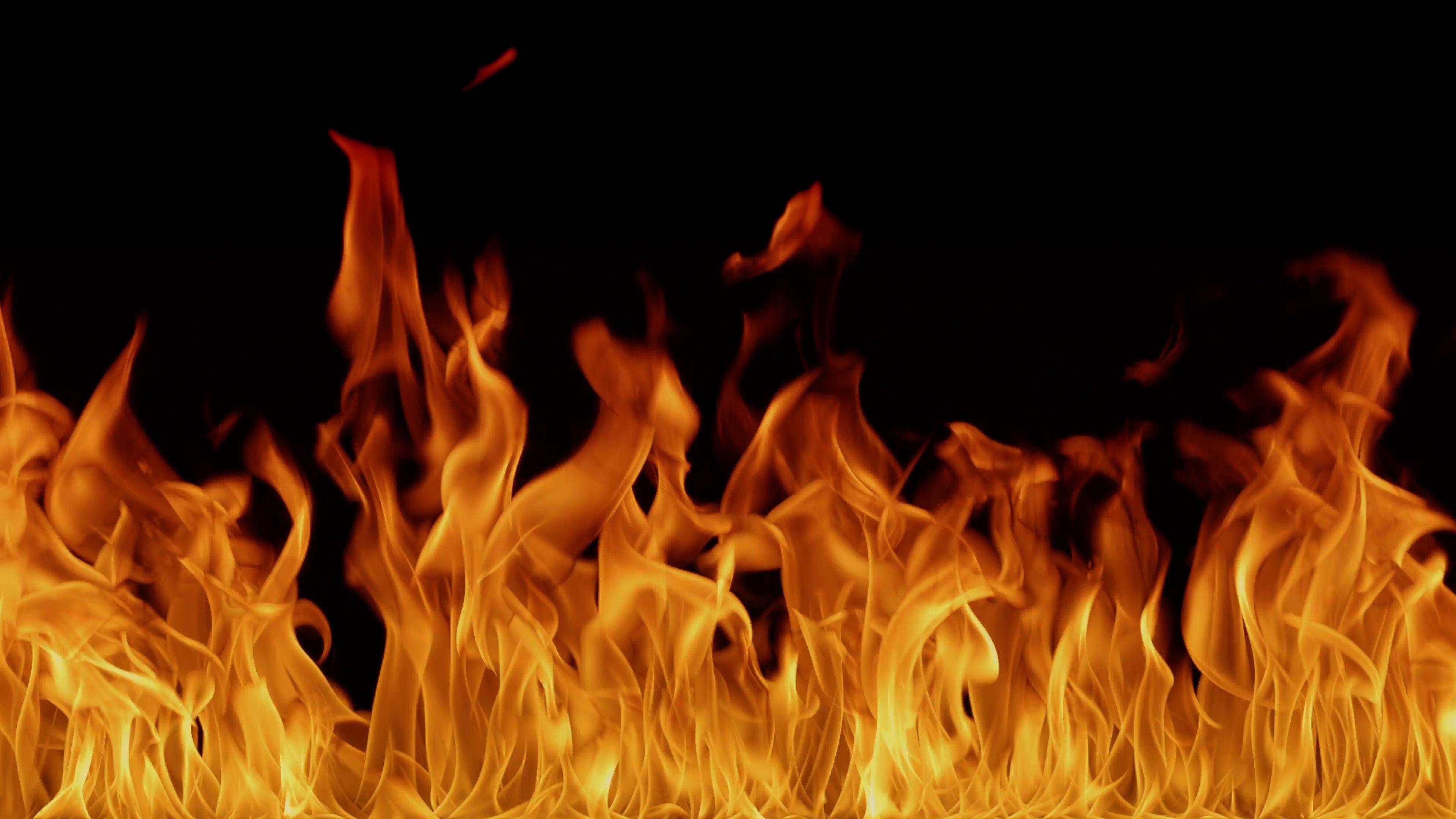
Their primary purpose is to quickly reach and extinguish fires in areas inaccessible to larger apparatus, protect structures in the WUI, and perform mop-up operations to prevent re-ignition.
Why Buy a Used Fire Brush Truck?
While new brush trucks offer the latest technology and customization, the market for used Fire Brush Trucks For Sale presents significant advantages, especially for budget-conscious organizations:

- Cost-Effectiveness: The most obvious benefit. Used trucks can be acquired at a fraction of the cost of new ones, freeing up valuable funds for other departmental needs or operational expenses.
- Immediate Availability: Unlike new builds that can have long lead times, used trucks are often available for immediate purchase and deployment, crucial for departments facing urgent equipment needs.
- Proven Track Record: A used truck has already demonstrated its performance in real-world conditions. A well-maintained vehicle from a reputable department often comes with a history of reliable service.
- Reduced Depreciation: The steepest depreciation occurs in the first few years. Buying used means you avoid this initial rapid loss in value.
- Customization Potential: Many used trucks offer a solid foundation that can be upgraded or customized with new pumps, foam systems, or storage solutions to perfectly fit your department’s specific requirements.
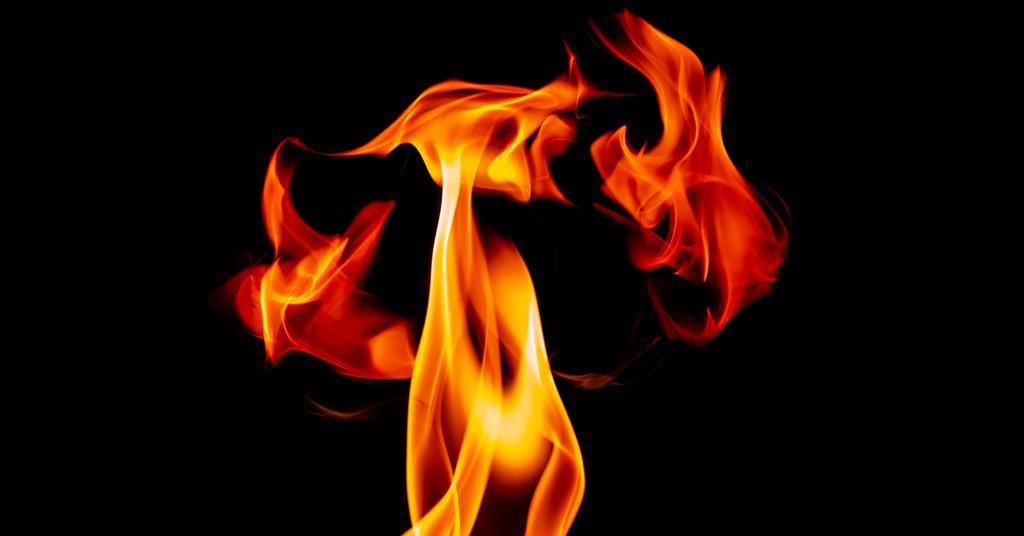
Key Features to Look For When Buying a Fire Brush Truck
When sifting through Fire Brush Trucks For Sale, a thorough evaluation of key features is paramount:
-
Chassis and Drivetrain:
- 4×4 Capability: Essential for off-road access.
- Engine and Transmission: Check for robust commercial-grade components. Inquire about engine hours and mileage.
- Suspension and Ground Clearance: Crucial for navigating uneven terrain.
- Tires: Look for heavy-duty, off-road tires in good condition.
-
Pump System:
- Pump Type and GPM/PSI Rating: Ensure it meets your operational needs. High pressure is often more critical than high volume for brush work.
- Pump Material: Stainless steel or bronze pumps are durable and corrosion-resistant.
- Priming System: Ensure it functions correctly.
- Pump Controls: Check for ease of use and accessibility.
-
Water Tank:
- Capacity: Typically 200-750 gallons. Consider your typical response area and water availability.
- Material: Polypropylene or stainless steel tanks are common and durable. Inspect for leaks, cracks, or damage.
- Tank Level Indicators: Essential for operational awareness.
-
Hose Reels and Plumbing:
- Booster Reels: Multiple reels are common, often electric or manual. Check for smooth operation.
- Discharge Outlets: Number and size of outlets.
- Intake Connections: Compatibility with your department’s hose and hydrants.
-
Compartments and Storage:
- Adequate Space: For all necessary tools, equipment, and personal protective gear.
- Compartment Type: Roll-up doors, hinged doors, slide-out trays. Check for functionality and weather sealing.
-
Specialized Equipment:
- Foam System: Integrated Class A foam system significantly enhances suppression.
- Bumper Turret/Monitor: A remote-controlled nozzle on the front bumper for quick attack or defensive operations.
- Lighting: Emergency lights, scene lights, and warning lights. Ensure they are functional and meet regulations.
- Winches: Front-mounted winches can be invaluable for self-recovery or clearing obstacles.
Types of Fire Brush Trucks
While the term "brush truck" is broad, specific classifications exist:
- Type 7 Wildland Engine: Smallest and most agile, often built on a pickup truck chassis (e.g., F-250/350, Ram 2500/3500). Typically carries 200-300 gallons of water. Ideal for rapid initial attack in very tight or rugged terrain.
- Type 6 Wildland Engine: The most common brush truck, built on a heavier commercial chassis (e.g., F-450/550, Ram 4500/5500). Carries 300-500 gallons of water and more equipment. Offers a balance of maneuverability and carrying capacity.
- Type 5 Wildland Engine: Larger than Type 6, often on a medium-duty chassis, carrying 500-750 gallons. Provides more sustained attack capability but sacrifices some agility.
- Skid Units: A self-contained pump, tank, and hose reel system mounted on a skid frame, designed to be dropped into the bed of a pickup truck. A highly flexible and cost-effective option for converting existing vehicles.
- Custom Builds: Some manufacturers offer highly customized brush trucks tailored to specific departmental needs, often incorporating unique features or larger capacities.
Where to Find Fire Brush Trucks For Sale
The market for Fire Brush Trucks For Sale is diverse:
- Specialized Fire Apparatus Dealers: Many dealerships specialize in new and used fire trucks. They often offer financing, warranty options, and refurbishment services.
- Online Marketplaces: Websites like FireTrucksForSale.com, Government Liquidation, and various online auction sites (e.g., eBay, GovDeals) frequently list used apparatus.
- Direct from Fire Departments: Departments often sell older apparatus directly to other agencies or the public when upgrading their fleet. Network with other departments in your region.
- Auctions: Public auctions (both live and online) by government agencies or liquidation companies can be sources of good deals, but require quick decision-making and thorough pre-inspection.
- Manufacturers’ Websites: Some manufacturers may list certified used trucks or trade-ins.
The Buying Process: A Step-by-Step Guide
Acquiring a used Fire Brush Truck requires a methodical approach:
-
Define Your Needs and Budget:
- What type of terrain will the truck operate in?
- What water capacity is required?
- What equipment needs to be carried?
- What’s your maximum budget, including potential refurbishment and transportation?
-
Research and Shortlist:
- Scour online listings, dealer inventories, and local department sales.
- Focus on trucks that meet your basic requirements.
- Request detailed photos, specifications, and maintenance records.
-
Initial Contact and Questions:
- Ask about the truck’s operational history, reason for selling, and any known issues.
- Inquire about recent maintenance, pump tests, and certifications.
-
Physical Inspection:
- Crucial Step: Never buy without a thorough in-person inspection.
- Bring a mechanic or an experienced apparatus operator.
- Check the chassis for rust, frame damage, fluid leaks.
- Test the engine, transmission, and 4×4 system.
- Inspect the pump, plumbing, and tank for leaks or corrosion.
- Test all electrical components, lights, and emergency systems.
- Examine tires, brakes, and suspension.
-
Pre-Purchase Inspection (Professional):
- Consider hiring an independent, certified apparatus mechanic to perform a comprehensive inspection and pump test. This can uncover hidden issues and provide peace of mind.
-
Negotiation:
- Based on your inspection findings and market research, negotiate the price. Be prepared to walk away if the deal isn’t right.
-
Financing and Legalities:
- Secure financing if needed (loans, grants, internal funds).
- Ensure all paperwork (title, bill of sale) is accurate and legally binding. Understand any state-specific vehicle transfer requirements.
-
Transportation:
- Plan how you will transport the truck to your location. This might involve driving it, hiring a specialized transport company, or towing.
Important Considerations Before Purchase
- Maintenance History: A comprehensive maintenance log is invaluable. It indicates how well the truck was cared for and helps predict future needs.
- Pump Test Records: Ensure the pump has passed its annual service test, confirming it meets its rated performance.
- NFPA Compliance: While older used trucks may not meet the latest NFPA standards, understanding where they fall short can help you plan for upgrades or be aware of limitations.
- Rust and Corrosion: Pay close attention to the frame, undercarriage, and body for signs of extensive rust, especially in areas that use road salt.
- Refurbishment Potential: Is the truck a good candidate for minor repairs or a full refurbishment? Factor these costs into your budget.
- Local Regulations: Verify if the truck meets any specific state or local regulations for emergency vehicles.
Maintenance and Longevity Tips
Once you’ve acquired your Fire Brush Truck, proper maintenance is crucial for maximizing its lifespan and operational readiness:
- Regular Preventative Maintenance: Follow the manufacturer’s recommended service intervals for engine, transmission, and differential fluids.
- Pump System Care: Flush the pump after each use, especially if drafting from non-potable sources. Perform regular pump tests and inspect all valves, gauges, and hoses.
- Corrosion Control: Regularly wash the truck, especially the undercarriage, to remove dirt, debris, and road salt. Apply rust inhibitors as needed.
- Tire Management: Maintain correct tire pressure, rotate tires regularly, and replace them when tread wear dictates.
- Electrical System Checks: Inspect wiring, connections, and lights regularly for damage or corrosion.
- Training: Ensure all operators are properly trained on the specific truck’s operation, including pump controls, driving dynamics, and safety protocols.
Potential Challenges and Solutions
- Finding the Right Fit: The market can be overwhelming. Solution: Clearly define your needs beforehand and stick to your criteria.
- Hidden Issues: Used vehicles always carry a risk. Solution: Invest in a professional pre-purchase inspection. Ask for maintenance records and pump test results.
- Financing: Securing funds for specialized apparatus can be challenging for smaller departments. Solution: Explore grants (e.g., AFG, state grants), local fundraising, and specific apparatus loan programs.
- Transportation: Moving a large vehicle can be complex. Solution: Plan transportation logistics well in advance, budgeting for fuel, permits, or professional transport services.
Fire Brush Trucks For Sale: Estimated Price Guide
Please note that prices for Fire Brush Trucks For Sale vary significantly based on age, condition, mileage, specific features, chassis manufacturer, and market demand. This table provides a general estimate and should be used as a guideline only. Always conduct thorough research and inspection before purchase.
| Truck Type/Size | Year Range | Condition | Estimated Price Range (USD) | Key Features/Notes |
|---|---|---|---|---|
| Skid Units | 2010-Present | Good-New | $15,000 – $45,000 | Tank (150-300 gal), pump, hose reel. Mounts in pickup bed. Cost-effective. |
| Compact Type 7 | 2005-2015 | Fair-Good | $25,000 – $60,000 | Older chassis (F-250/350), 4×4, 200-300 gal tank. Basic, agile. |
| Compact Type 7 | 2016-Present | Good-V.Good | $60,000 – $120,000+ | Newer chassis (F-250/350), 4×4, 200-300 gal. Often with foam, modern controls. |
| Mid-Size Type 6 | 2005-2015 | Fair-Good | $40,000 – $90,000 | Older chassis (F-450/550), 4×4, 300-450 gal tank. Workhorse. |
| Mid-Size Type 6 | 2016-Present | Good-V.Good | $90,000 – $180,000+ | Newer chassis (F-450/550), 4×4, 300-500 gal. Advanced features, higher capacity. |
| Larger Type 5/Custom | 2000-2010 | Fair | $50,000 – $100,000 | Medium-duty chassis, 500-750 gal. May require more refurbishment. |
| Larger Type 5/Custom | 2011-Present | Good-V.Good | $100,000 – $250,000+ | Medium-duty chassis, 500-750 gal. Higher capacity, often more complex systems. |
| New Custom Builds | Brand New | Excellent | $200,000 – $400,000+ | Built to order, latest technology, full warranty, extensive customization. |
Note: Prices do not include potential transportation costs, registration, or any necessary post-purchase refurbishments or upgrades.
Frequently Asked Questions (FAQ) About Fire Brush Trucks For Sale
Q1: What’s the main difference between a Fire Brush Truck and a Pumper (Engine)?
A1: A pumper (or structural engine) is designed for urban firefighting, carrying 750+ gallons of water, larger pumps for high-volume flow, and extensive hose lays for hydrants. A brush truck is smaller, more agile, typically 4×4, with smaller tanks (200-750 gallons) and high-pressure pumps optimized for off-road wildland and WUI operations.
Q2: Can I convert a regular commercial truck into a brush truck?
A2: Yes, to an extent. Many departments purchase a commercial 4×4 chassis and then have a custom body, pump, and tank installed. Skid units are also popular for converting existing pickup trucks. However, a full, certified brush truck build involves significant engineering and specialized equipment beyond a simple water tank in the bed.
Q3: Do I need special training to operate a brush truck?
A3: Yes. While the basic driving may be similar to a large pickup, operating a brush truck in off-road conditions, managing the pump system, and engaging in wildland fire suppression requires specialized training. This includes off-road driving techniques, pump operations, wildland fire behavior, and incident command system (ICS) protocols.
Q4: What’s the typical lifespan of a Fire Brush Truck?
A4: With proper maintenance, a well-built brush truck can have an operational lifespan of 15-25 years, or even longer for the chassis, with regular refurbishment of the pump and body. The chassis mileage and engine hours are often better indicators of wear than just age.
Q5: How do I ensure the pump is in good condition on a used truck?
A5: Request recent pump test certifications (NFPA 1911 annual service test). Ideally, you should witness a pump test during your inspection or hire a professional to conduct one. Check for smooth engagement, consistent pressure, and no abnormal noises or leaks.
Q6: Are grants available for purchasing Fire Brush Trucks?
A6: Yes, various grants are available for fire departments, particularly volunteer and rural ones. The Assistance to Firefighters Grant (AFG) Program through FEMA is a significant federal source. State and local grants, as well as private foundation grants, can also be pursued.
Q7: What is a "WUI" and why are brush trucks important for it?
A7: WUI stands for Wildland-Urban Interface. It’s the zone where undeveloped wildland vegetation meets urban development. Brush trucks are critical here because they can navigate the wildland to perform direct fire attack and protect structures on the wildland edge, where larger engines might struggle to access.
Conclusion
Acquiring a Fire Brush Truck, whether new or from the vast market of Fire Brush Trucks For Sale, is a significant investment that directly impacts a fire department’s ability to protect lives and property. These specialized vehicles are indispensable assets in the escalating challenge of wildland fires and the ever-expanding wildland-urban interface. By understanding the types available, meticulously evaluating key features, navigating the buying process with diligence, and committing to ongoing maintenance, you can ensure your department or organization secures a reliable and effective tool for years to come. A well-chosen brush truck is more than just a vehicle; it’s a frontline defender in the battle against nature’s fiercest flames.
